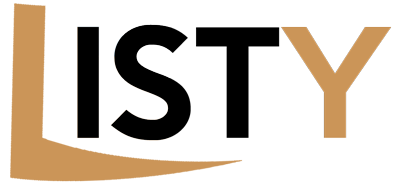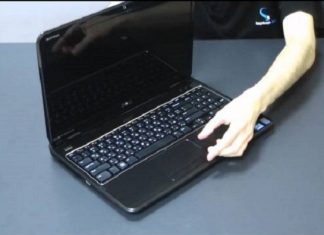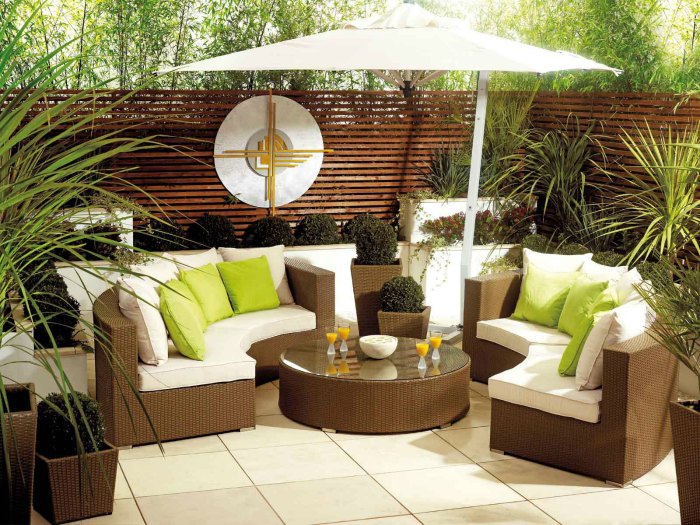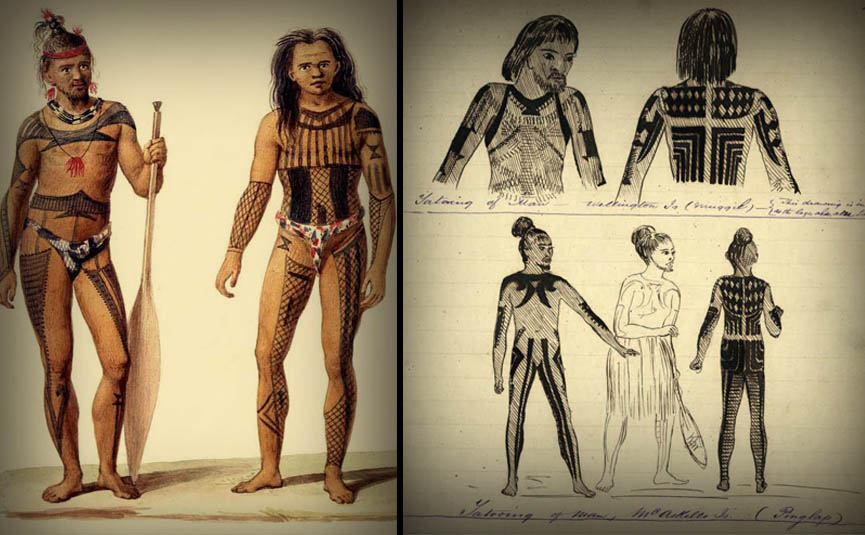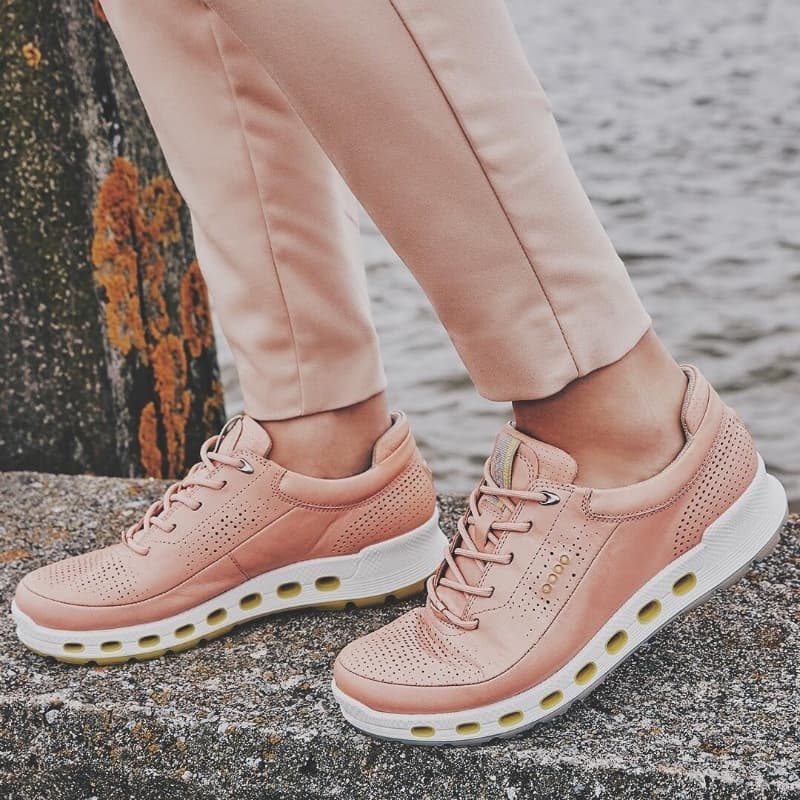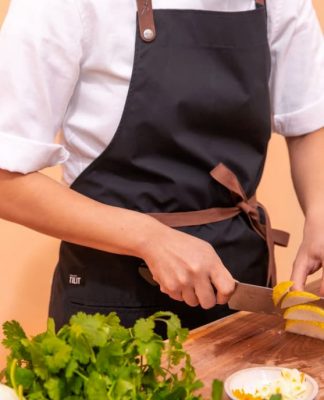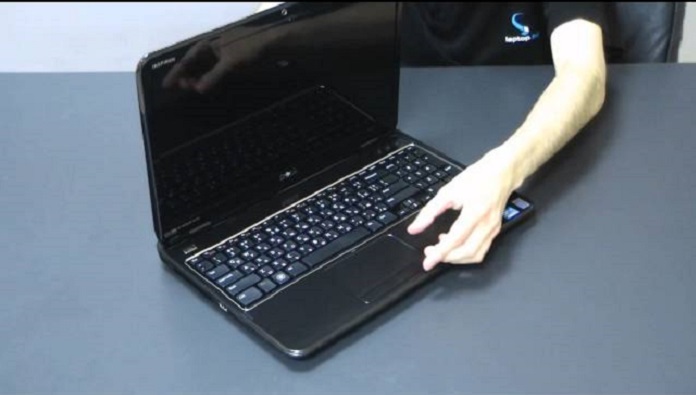Getting started with welding is more than just firing up a welding machine and joining two pieces of metal. Whether you’re a beginner or a seasoned welder, the right tools and accessories can make all the difference between a smooth project and a mess. Setting up your workstation with the essentials ensures efficiency, precision and most importantly, safety. So, what are the must-haves every welder needs?
Welding Machine

At the heart of any welding operation is the welding machine. This powerhouse does all the heavy lifting, transforming electrical energy into heating allowing you to fuse metals. When choosing a welding machine, it’s essential to understand your needs. There are different types of machines, each suitable for different tasks, so the choice depends on the metals you’re working with and the kind of welding you will be doing.
Angle Grinder
An angle grinder is an essential part of any welding kit and it’s versatility means you’ll be using it more than just for grinding. Whether it’s cleaning up welds, cutting metal or prepping surfaces, the angle grinder is the workhouse in your arsenal. But when we talk about angle grinders, we cannot ignore a key attachment: flap wheel. This attachment makes sure that your job is clean, polished and looks good and professional. They are attached to the angle grinder and have overlapping abrasive flaps that provide a smooth finish. These flaps are usually made from materials such as aluminium oxide or abrasive zirconia and they are designed to wear away gradually, exposing fresh abrasive as you work.
Why are these attachments necessary? Well, after you lay down a bead of weld, the surface isn’t always smooth. You’re often left with a splatter that needs to be cleaned before moving on. This is where flap wheels come into play. They remove any excess material quickly, ensuring that your weld is neat and ready for the next step.
Flap discs come in a variety of grits and sizes and choosing the right one depends on the job you’re doing. So, coarse grit flap wheels (40-60) are best for heavy-duty tasks like removing rust or shaping metal. Fine-grit flap wheels (80-120) are ideal for polishing and achieving a smoother finish on your welds. The diameter of the flap also matters. Larger flaps cover more surface area making them great for bigger projects, while smaller are better suited for precision work. You will also find different types of flap wheels designed for specific materials, so make sure you’re using one that’s compatible with the metal you’re working on. Whether you’re dealing with steel, aluminium or stainless steel, there’s a flap wheel out there for you.
Welding Clamps
Think of these clamps as your third. They help keep metal pieces securely in place while you weld, which is crucial for ensuring accuracy and safety. When metal pieces aren’t clamped properly, they can shift during welding, resulting in misalignment and even dangerous situations. Clamps come in various types, including C-clamps, locking clamps and magnetic clamps, each serving a specific purpose depending on the nature of your work. You’ll need multiple clamps in different sizes to accommodate the various shapes and thicknesses of the metal you work with.
Welding Hammer
The welding hammer, also known as a chipping hammer, is vital for removing slag and slatter from your welds. When welding with a stick welder, slag forms as a by-product. A good-quality hammer will help chip away the slag without damaging your weld. They often have a pointed end for precision work and a flat end for broader areas. Additionally, many hammers come with shock-absorbing handles to reduce hand fatigue during prolonged use.
Welding Torch
Welding torches are the tools you’ll be holding most often, so it’s essential to get one that’s comfortable and suitable for your style of welding. Whatever torch you’re using, make sure that it feels good in your hand and allows for a steady grip. A poor-quality torch can lead to hand fatigue, reducing your accuracy and slowing down your progress. High-end models come with ergonomic grips and flexible cables, making them more comfortable to use over long periods.
Protection Gear
When it comes to welding, safety is crucial. There will be debris flying and a lot of heat will be generated, so protecting yourself and your body is a must to be able to do your job properly. The most important part of the protective gear is the helmet. Shielding your face and eyes from the intense light and heat generated during welding is paramount. there are many different helmets, each offering different levels of protection. It’s also important to wear protective goggles under the helmet to prevent pieces of metal from going into your eyes. Then, you’re going to need fire-resistant clothing, aprons, gloves and boots to shield your body from sparks and falling debris.
Welding is both an art and a science and like any craft it requires the right tools to be done well. A welding machine, angle grinder, clamps and many other tools are just the basics. So, whether you’re just getting started or looking to refine your skills, investing in high-quality tools will make your job easier.
